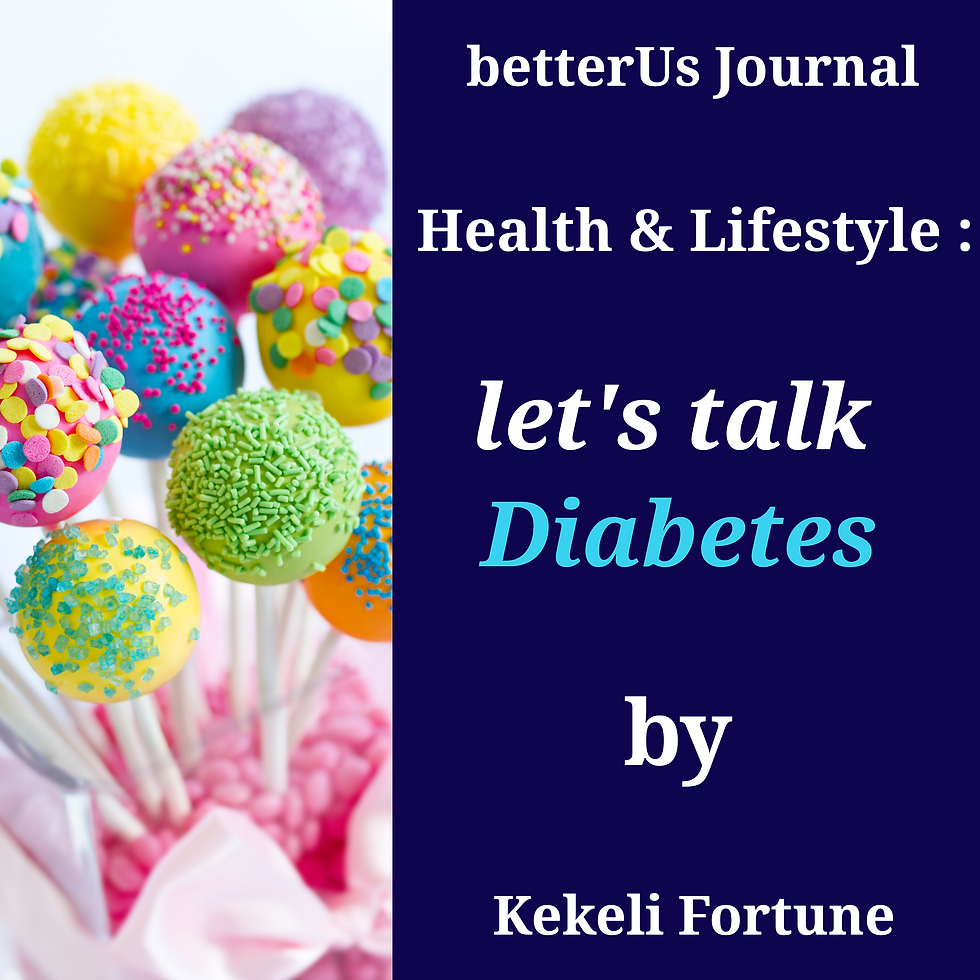Blood hemoglobin: why is it so important?
- Kekeli Fortune

- May 6, 2020
- 2 min read
Updated: May 7, 2020

Hemoglobin is a vital protein found in the blood of humans and other organisms; it is produced and mainly harbored in the red blood cells, but can be found in other cells. The most routine and important function of this protein is the transport of oxygen from the lungs to all tissues in the body.
Today, we are going to have a comprehensible talk about hemoglobin and its very diverse functions. We will also understand how the body produces this protein and the key vitamins and minerals needed for its production.
Functions of hemoglobin
Apart from carrying the much needed oxygen to all body tissues, hemoglobin also transports carbon dioxide from the tissues to the lungs. The oxygen delivered to the tissues of our body is used to power the rapid break down of food into usable energy for optimal body functioning. Carbon dioxide is a waste product of this break down and must be carried to the lungs to be subsequently eliminated from the body.
An alternative means of breaking down food — which occurs in the absence of sufficient oxygen — is a much slower process and leads to the production of lactic acid which is stored in the body; an accumulation of lactic acid may lead to a condition known as lactic acidosis and this may even result in death if the symptoms are ignored.
Hemoglobin also binds and transport drugs to their sites of action. Finally, break down of this blood protein during the degradation of red blood cells leads to the synthesis of bilirubin; this substance is secreted into the small intestine as bile and is responsible for digesting fat in our meals.
What can we do to produce more hemoglobin?
We now understand how important hemoglobin is to our bodies. Even though an individual's body can produce enough hemoglobin when in a healthy state, it is beneficial to provide the body with all nutrients and minerals it needs.
Hemoglobin is produced in immature red blood cells inside the bone marrow; production requires iron and folate (one of the B vitamins), so its advisable to include in our routine diet foods that have high contents of iron and folate; however, we should not eat too much of iron containing foods as this may result in a build up of iron inside our bodies and consequently cause adverse health complications. Iron supplements can also be taken, but one must consult with a doctor first. Furthermore, vitamins A and C help with absorption of iron by the body; hence, foods rich in these vitamins must also be a part of our diet.

Foods containing iron and folate:
1. dark green leafy foods, such as coco yam leaves (kontomire)
2. green peas
3. liver
4. chicken
5. turkey
6. oysters
7.beans
Foods containing vitamins A and C:
vitamin C
1. citrus fruits, such as lemon, orange and grapefruit
2. tomatoes
3. red and green peppers
4. leafy greens, such as cabbages
vitamin A
1. carrots
2. eggs
3. cod liver oil
4. skimmed milk
In the next post, we will talk through the clinical indications for hemoglobin test and the implications of low or high results.



Comments